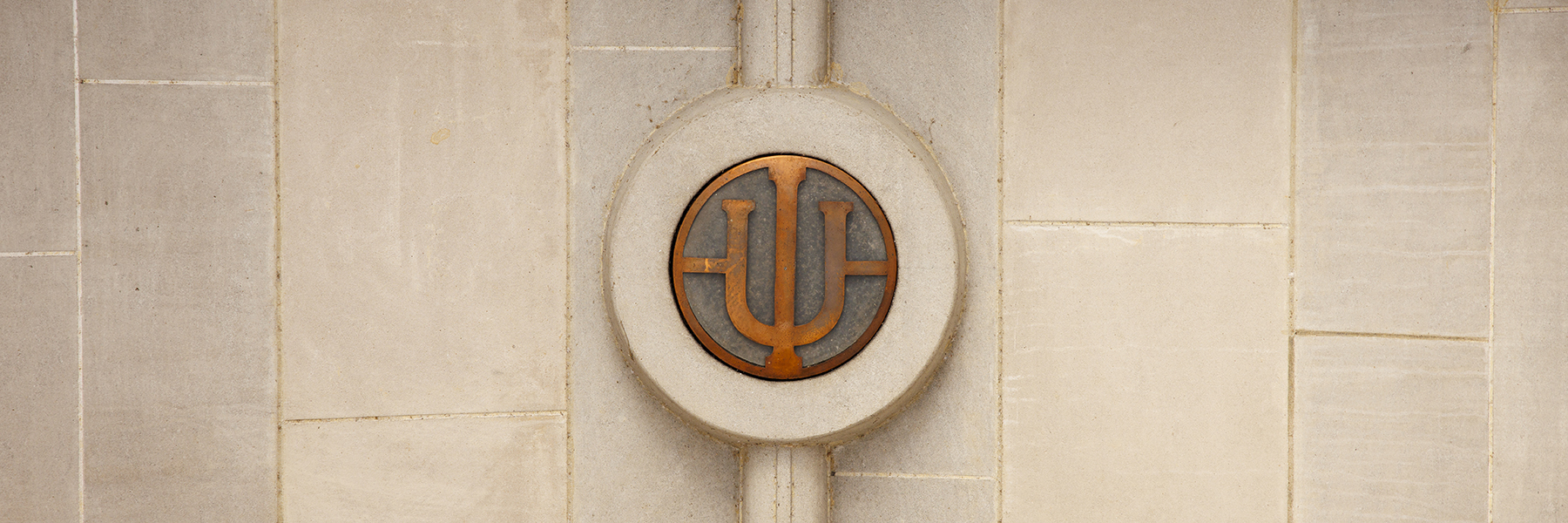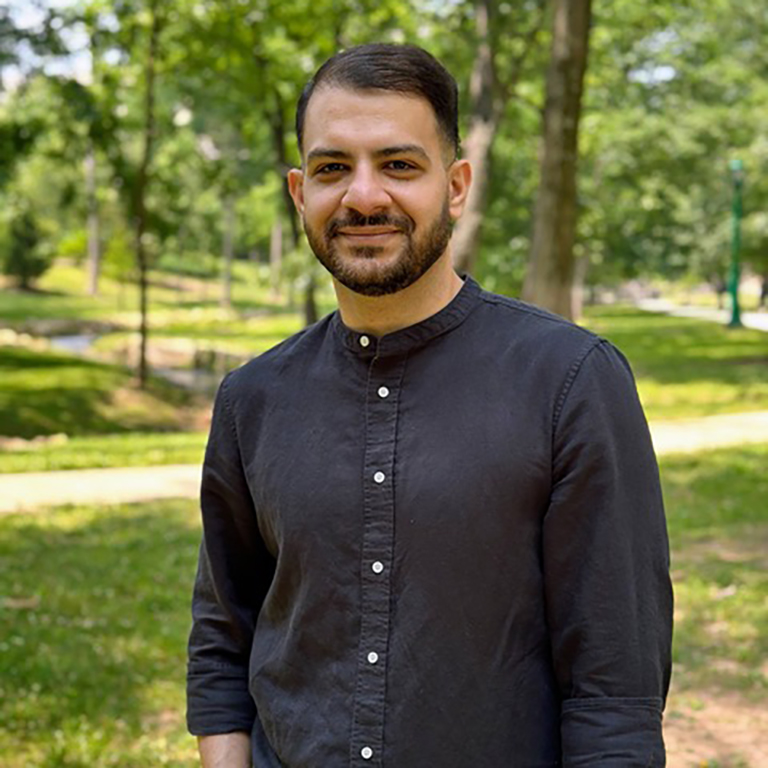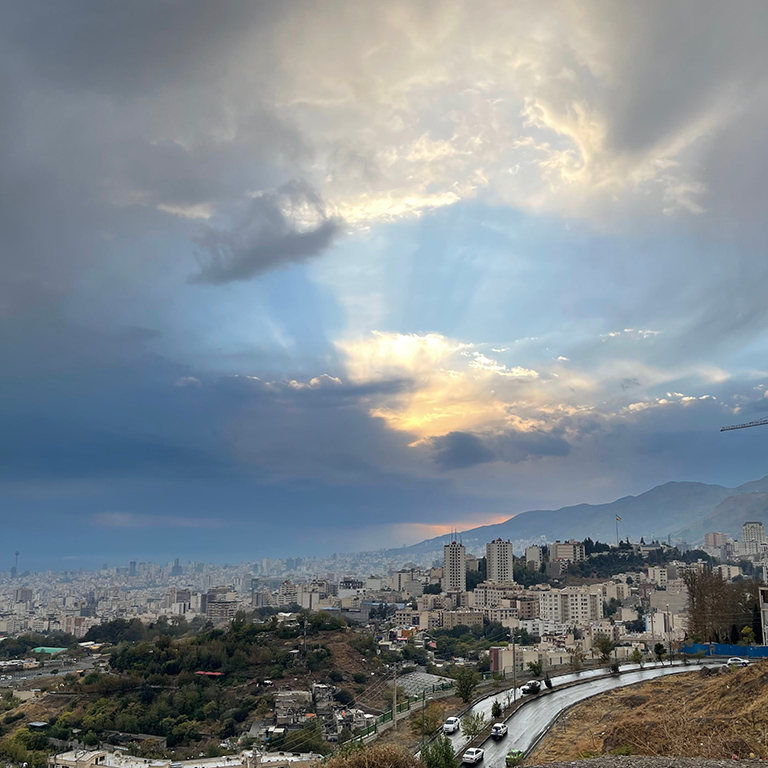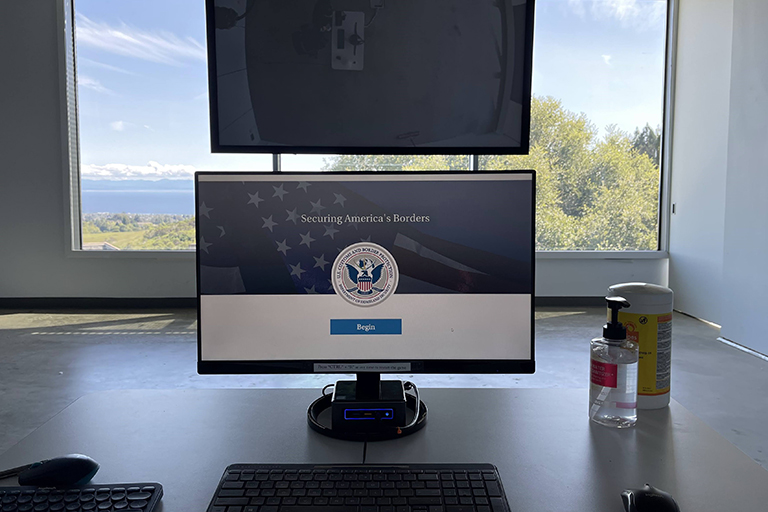Dr. Babaee boasts considerable experience across various universities. Most recently, he served as a visiting assistant professor in the Department of Theatre, Drama, and Contemporary Dance at Indiana University. Additionally, he held positions as a Teaching Fellow at the University of California, Santa Cruz, and as the Graduate Course Coordinator of Performance Studies at Bowling Green State University. Furthermore, he has collaborated with multiple international non-profit organizations, notably the Polycultural Institute, where he serves as an advisory council member. Dr. Babaee's research and creative projects primarily focus on exploring the diasporic construction of West Asian identities through frameworks such as race and ethnic studies, transnational feminism, and critical surveillance studies.
Q: What initially drew you to Indiana University?
Indiana University's reputation for high-quality research and diverse programming was a significant draw for me. The university's commitment to fostering interdisciplinary collaboration through its numerous centers was particularly appealing, as it aligns with my own interdisciplinary approach to scholarship and advocacy. Additionally, the size and diversity of IU's community offer a rich environment for academic and cultural exchange, providing ample opportunities for meaningful engagement and collaboration.
On a personal note, one of my graduate advisors is an IU alum, and their experiences and insights into the university resonated with me. Hearing about the myriad opportunities available at IU for advancing my career in academia in a meaningful and impactful way solidified my interest in joining the community. This personal connection, coupled with IU's esteemed reputation and the promise of a vibrant academic environment, made Indiana University an ideal destination for continuing my professional journey.
Q: What are you most looking forward to, as you settle into your new role at IU?
As I settle into my new role at Indiana University, I am particularly excited about the opportunity to contribute to the ongoing mission of the Graduate School in empowering graduate students. Building upon the remarkable work of my predecessors, I am eager to explore innovative approaches to ensure that all individuals, regardless of their background, have access to top-tier graduate education at IU. This commitment to student engagement and belonging is central to my vision for the role.
Moreover, I look forward to collaborating with colleagues across IU and other universities. By fostering these partnerships, we can not only sustain the current initiatives aimed at promoting diversity and inclusion but also explore avenues for launching new programs on a national, if not international, scale. This collaborative approach will allow us to leverage diverse perspectives and expertise, ultimately leading to more impactful and sustainable initiatives that benefit graduate students and the broader academic community. Through these efforts, I am excited and committed to contribute to IU's continued leadership in graduate education and diversity advocacy.
Q: From theater to design, advocacy to development, it sounds like you do it all! How do you think about breadth and depth in relation to the work and activities you pursue?
All of my pursuits are guided by a commitment to the principles of social justice. This commitment is the thread that weaves my career choices together and is deeply ingrained in my personal identity. Whether I'm working in academia, the arts, or advocacy, my ultimate goal is to leverage my professional privileges to serve students, faculty, and communities, particularly those who have historically been marginalized.
Moreover, I believe critical thinking is as essential as a creative mindset. I believe that true change occurs not only in actions but also in minds and hearts. Therefore, I do not see a divide between creative thinking and critical analysis; rather, creative intervention is critical thinking, and vice versa. I adapt this mindset in my work to develop holistic and sustainable solutions that address complex social challenges. In this way, I strive to make meaningful contributions to positive social change, both within my professional spheres and beyond.
Q: What is one of the things you value most in the communities you find and build?
In considering the communities I find and build, I inevitably view this matter through my diasporic lens. How do we bridge connections across languages, cultures, histories, and identities? While there can undoubtedly be extensive academic discourse on this question, for me, it boils down to one keyword: love—the profound love we hold for ourselves, the universe, and the inherent value and integrity of sentient life.
This heart-centered perspective may seem unconventional in an academic world historically steeped in rationality. However, love permeates every aspect of our lives, even within scholarly and professional spheres. When reflecting on what I value most in the communities I encounter and cultivate, I can't help but emphasize our audacity and capacity to love.
Love, to me, is the most radical and transformative action we can pursue. It transcends boundaries, fosters empathy, and promotes understanding. I am drawn to communities that prioritize and cultivate this love, nurturing an environment where every individual feels valued, respected, and supported. It is through this lens of love that we can build truly inclusive and equitable communities, where everyone is welcomed with open arms and embraced for who they are. So, in essence, the one thing I value most in the communities I find and build is our collective commitment to love—a force that has the power to inspire, unite, and transform lives for the better.
Q: How has your relationship with the creation of art and media changed over time?
Over time, my relationship with the creation of art and media has evolved, yet my core mission remains unchanged: to use art as a catalyst for transformational change, sparking questions, thoughts, and actions addressing urgent societal issues. Initially, I channeled this mission through live performance directing, collaborating closely with local communities to craft immersive experiences.
However, after embarking on my doctoral journey in the United States, my focus shifted towards exploring diasporic identities, particularly the diverse experiences of border crossings. This academic exploration prompted a shift in the format of my creative projects. Recognizing the privilege inherent in gathering audiences in a single physical space, I embraced digital mediums to reach broader and more diverse audiences. This transition allowed me to create projects that transcended geographical constraints, offering accessible experiences to individuals regardless of their location.
Yet, I remained mindful of the potential pitfalls of a technocorporate and neoliberal mindset that often pervades digital art. Instead, many of my recent projects have leveraged digital technologies not only to disseminate art but also to critique the very technologies themselves. This subversive approach aims to raise awareness of how technology intersects with and amplifies larger societal issues, offering insights into the ways in which technology can either perpetuate or challenge existing power dynamics and inequalities. Ultimately, my journey with art and media reflects a commitment to using creative expression as a tool for social critique, activism, and collective empowerment.







